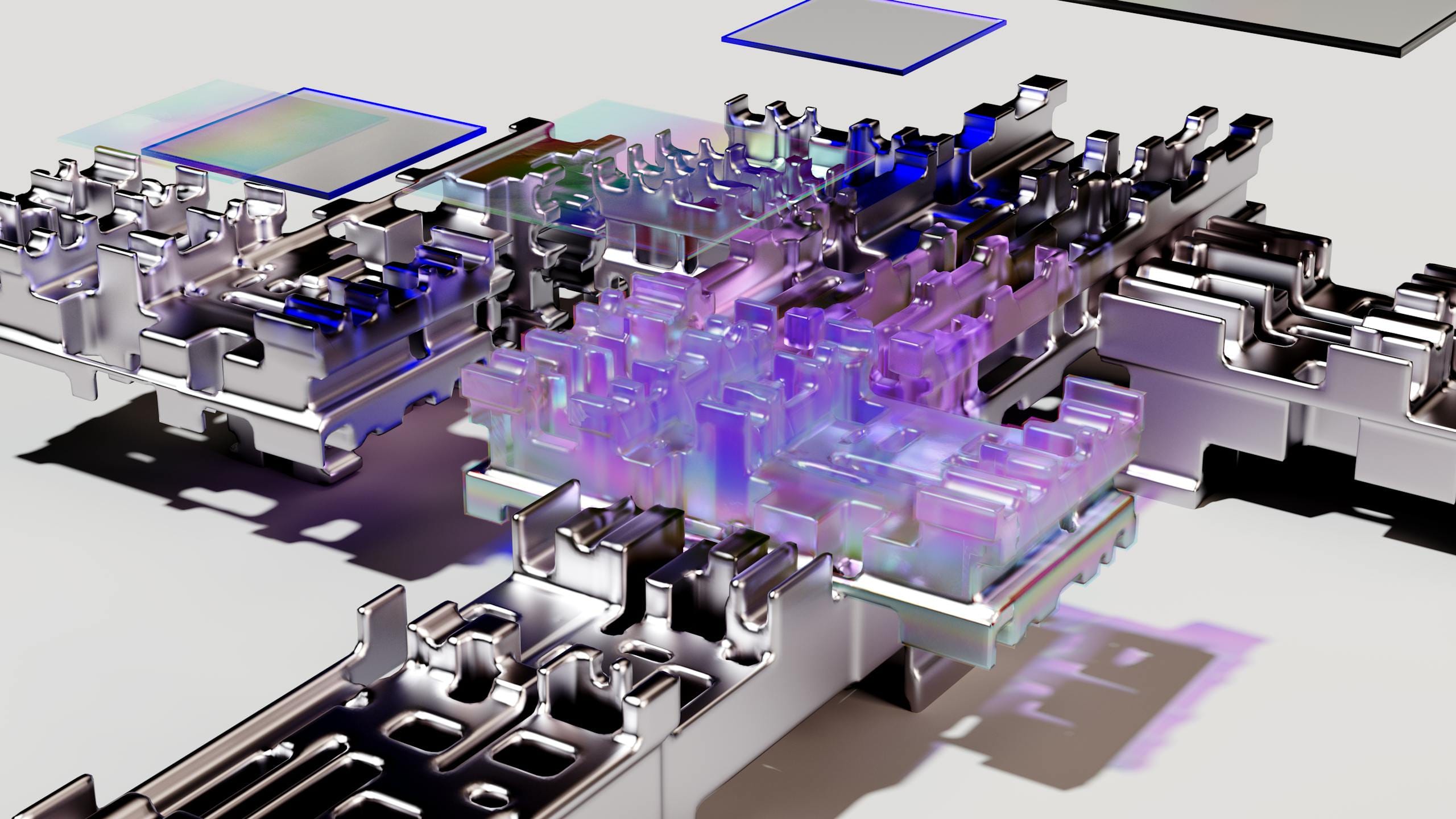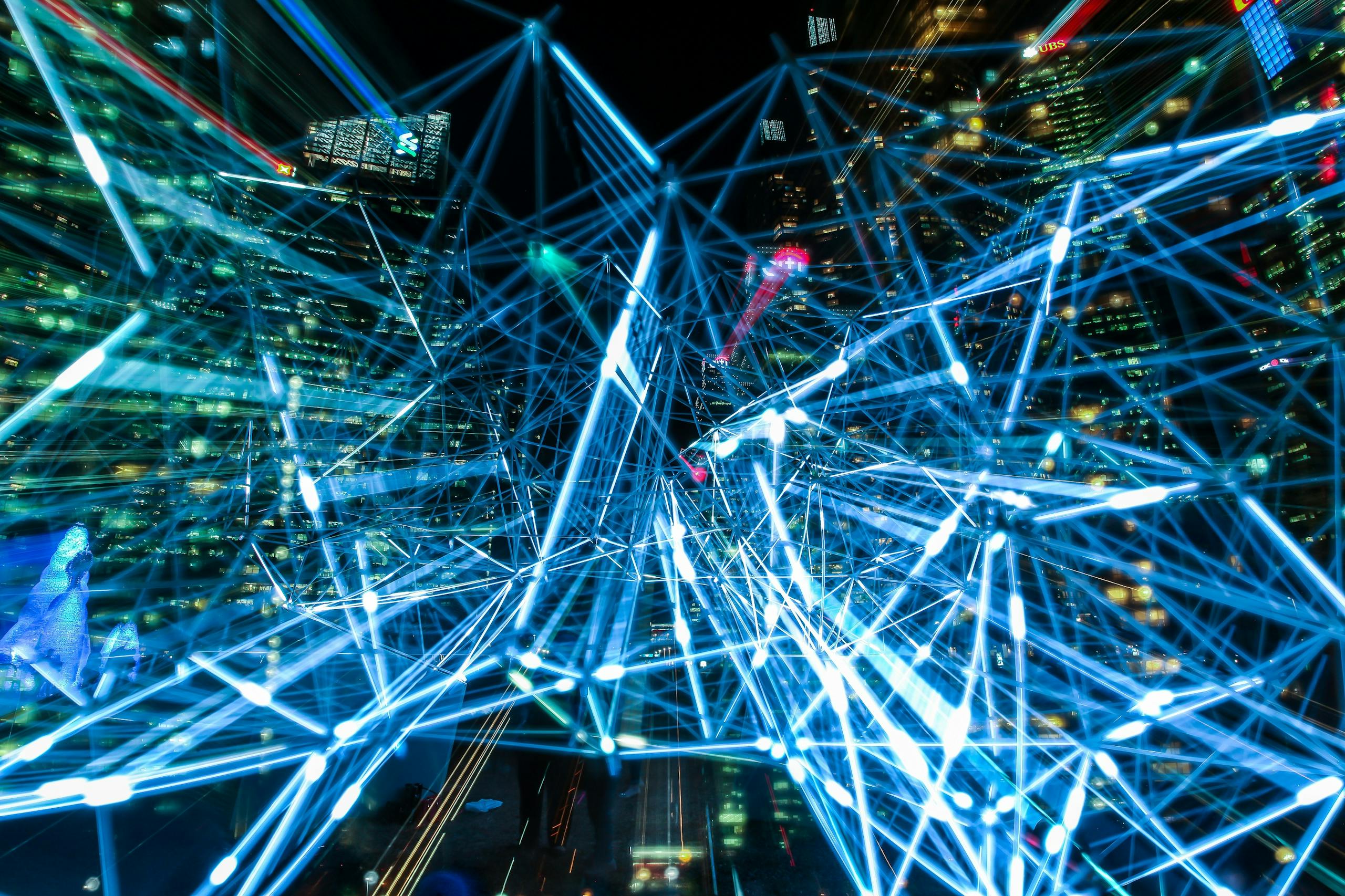Swarm Learning: Unleashing the Power 🧠
In the quest for true organizational agility, businesses are finding that traditional, siloed Artificial Intelligence (AI) solutions only offer incremental gains. The next frontier in enterprise optimization is the deployment of distributed, collaborative AI models capable of learning across different business units without compromising sensitive data: a concept known as Swarm Learning.
Inspired by the collective intelligence found in nature (like ants or bees), Swarm Learning uses decentralized, secure technology — often leveraged by a blockchain — to allow multiple computing nodes (or departments) to train a shared machine learning model.
Instead of sharing the raw data itself, they only share the learned model parameters, the “insights”. This novel approach is redefining how businesses achieve cross-departmental optimization and extract collective intelligence.

1. Swarm Learning: A Paradigm Shift for Business Applications
Traditional machine learning relies on centralizing massive datasets, which presents major challenges related to data gravity, regulatory compliance (like GDPR or HIPAA), and security. Swarm Learning business application moves the training to the data source —the “edge” — allowing models to be trained on the most recent, local data from various departments or entities. It delivers:
BizRealtyLab Pro Tip: For a deeper understanding of how this intelligence is leveraged in team decision-making, explore the concept of amplifying group wisdom with Swarm AI technology.
2. Boosting AI Operational Efficiency through Collaboration
For any enterprise, AI operational efficiency is measured by the speed, accuracy, and scalability of its intelligent systems. Swarm Learning dramatically enhances these metrics by mitigating the two biggest bottlenecks in centralized AI: data movement and model bias. This results in:
3. Achieving Cross-Departmental Optimization
The most significant impact of Swarm Learning lies in its ability to enable seamless cross-departmental optimization. In many organizations, departments operate in silos, meaning models trained on data from one unit (e.g., Supply Chain) fail to benefit from the rich insights held by another (e.g., Finance or Customer Service).
Instead, Swarm Learning can provide:
BizRealtyLab Pro Tip: Explore non-AI strategies for breaking down silos and improving coordination in this guide to encouraging collaboration across departments.
4. Advanced Machine Learning Management in Enterprise
Managing hundreds of isolated AI/ML models across a global enterprise is a logistical nightmare. Swarm Learning can provide a structured, secure framework that simplifies advanced machine learning management, including:
5. Swarm Learning as the Foundation for Integrated AI Systems
Ultimately, Swarm Learning is the next logical step toward truly integrated AI systems in the enterprise. It allows a business to treat its disparate data sources not as isolated islands, but as a single, collective intelligence network.
The power of an integrated AI system lies in its ability to generate an organizational feedback loop that is constantly optimized by collective experience. This architecture is essential for:
Swarm Learning ensures these integrations happen at the knowledge layer (model weights) rather than the data layer, delivering speed, privacy, and superior collective intelligence—the hallmarks of next-generation operational excellence.
BizRealtyLab Pro Tip: Better understand the architectural challenges and solutions for blending AI with core IT infrastructure by exploring the future of enterprise architecture and AI integration.



